Life
Sign up for our newsletter
We summarize the week's scientific breakthroughs every Thursday.
-
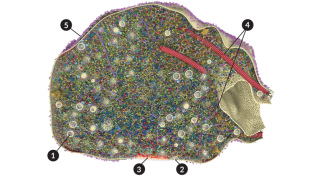 Neuroscience
NeuroscienceVisualization offers view of a nerve cell’s dispatch center
To get a closer look at how messages move in the brain, researchers created a 3-D visualization that provides a clearer view of how nerve cells communicate.
-
 Health & Medicine
Health & MedicineUlcer microbe changes quickly to avoid immune attack
During the initial weeks of infection, Helicobacter pylori, the bacterium that causes stomach ulcers, mutates at a high rate, apparently to evade the body’s defenses.
By Nathan Seppa -
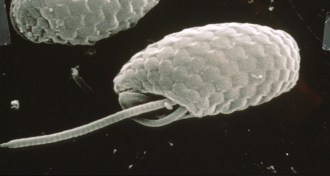 Life
LifeGenetic mutation quenches quantum quirk in algae
Studying algae that can and cannot use quantum coherence to harvest light could lead to better organic solar cells and quantum-based electronic devices.
-
 Neuroscience
NeuroscienceNeurons pull together as a brain learns
Learning and memory in rats is linked with increases in cortical oscillations, or brain cells firing off in groups, a new study shows.
-
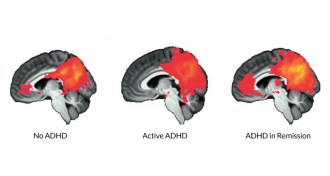 Neuroscience
NeuroscienceBrain signal reappears after ADHD symptoms fade
In adults who no longer have ADHD, brain synchrony appears.
-
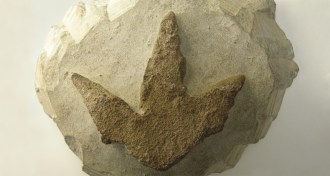 Paleontology
Paleontology‘Dinosaurs Without Bones’ gives glimpse of long-gone life
Ichnologist Anthony J. Martin explains his research piecing together dinosaurs’ lives from footprints and other traces.
By Sid Perkins -
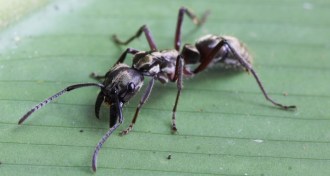 Animals
AnimalsSwimming evolved several times in treetop ants
Certain ants living in tropical forest canopies turn out to be fine swimmers.
By Susan Milius -

-
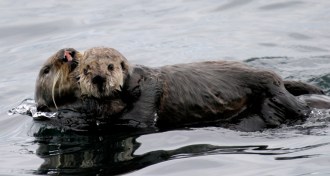 Animals
AnimalsIt’s hard being a sea otter mom
The energy requirements of lactation may explain why some female sea otters abandon their young.
-
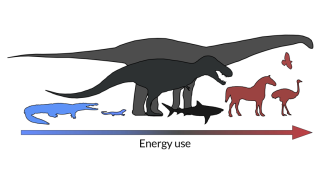 Life
LifeDinos straddled line between cold- and warm-blooded
Tyrannosaurus rex and other dinosaurs straddled line between cold- and warm-blood, a new analysis finds.
By Meghan Rosen -
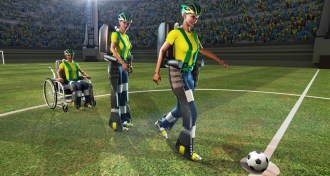 Tech
TechExoskeleton helps paraplegic kick off World Cup
A paralyzed person wearing a brain-controlled robotic exoskeleton has made the first kick at the 2014 soccer World Cup.
-
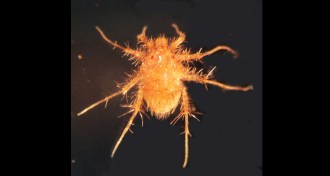 Life
LifeCalifornia mite becomes fastest land animal
Despite being the size of a sesame seed, the Paratarsotomus macropalpis mite can outpace Usain Bolt and even a cheetah in terms of body lengths per second.